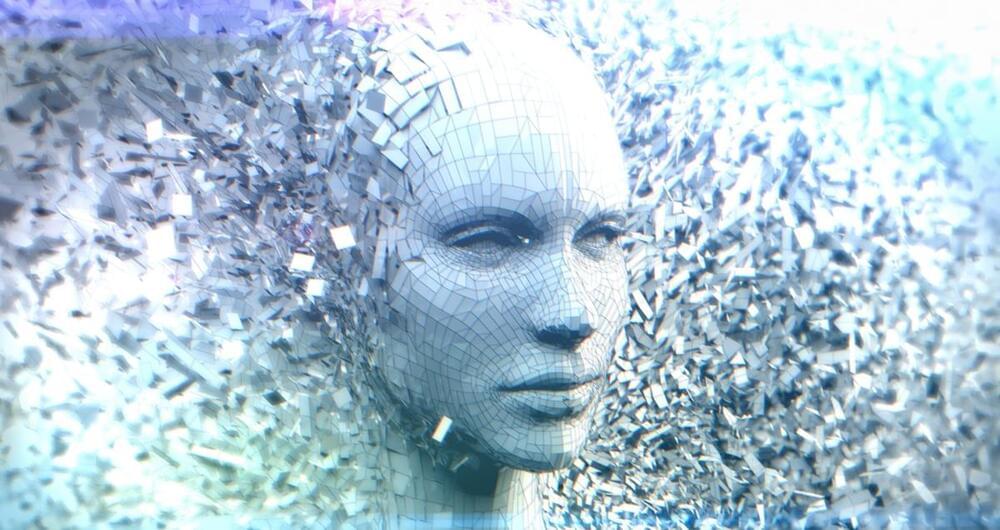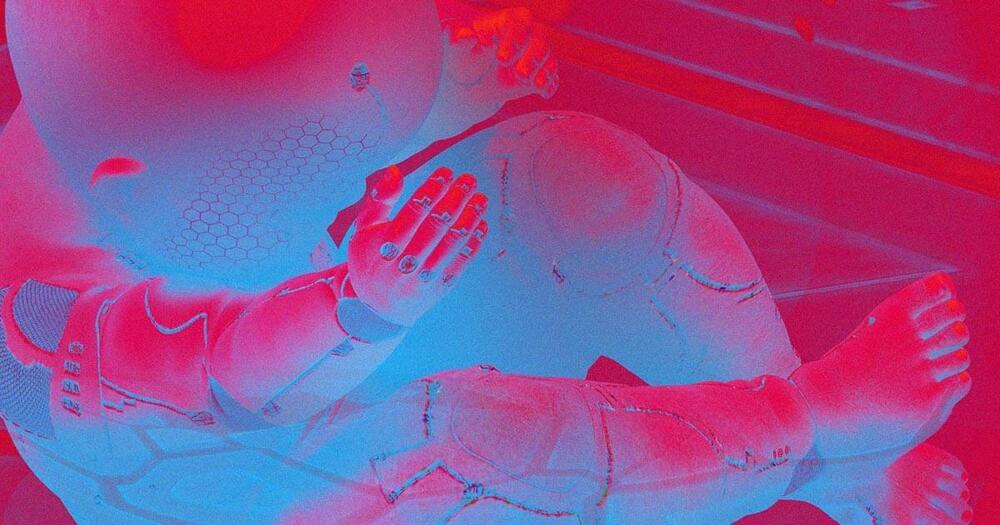
Category: robotics/AI – Page 1,578


Ionic Liquid-Based Reservoir Computers: Efficient and Flexible Edge Computing
Researchers from Japan design a tunable physical reservoir device based on dielectric relaxation at an electrode-ionic liquid interface.
In the near future, more and more artificial intelligence processing will need to take place on the edge — close to the user and where the data is collected rather than on a distant computer server. This will require high-speed data processing with low power consumption. Physical reservoir computing is an attractive platform for this purpose, and a new breakthrough from scientists in Japan just made this much more flexible and practical.
Physical reservoir computing (PRC), which relies on the transient response of physical systems, is an attractive machine learning framework that can perform high-speed processing of time-series signals at low power. However, PRC systems have low tunability, limiting the signals it can process. Now, researchers from Japan present ionic liquids as an easily tunable physical reservoir device that can be optimized to process signals over a broad range of timescales by simply changing their viscosity.


Is DeepMind’s Gato the world’s first AGI?
Artificial general intelligence (AGI) is back in the news thanks to the recent introduction of Gato from DeepMind. As much as anything, AGI invokes images of the Skynet (of Terminator lore) that was originally designed as threat analysis software for the military, but it quickly came to see humanity as the enemy. While fictional, this should give us pause, especially as militaries around the world are pursuing AI-based weapons.
However, Gato does not appear to raise any of these concerns. The deep learning transformer model is described as a “generalist agent” and purports to perform 604 distinct and mostly mundane tasks with varying modalities, observations and action specifications. It has been referred to as the Swiss Army Knife of AI models. It is clearly much more general than other AI systems developed thus far and in that regard appears to be a step towards AGI.
Multimodal systems are not new — as evidenced by GPT-3 and others. What is arguably new is the intent. By design, GPT-3 was intended to be a large language model for text generation. That it could also produce images from captions, generate programming code and other functions were add-on benefits that emerged after the fact and often to the surprise of AI experts.

AI Expert Says Soon People Will Raise “Virtual Children” That Cost Less, Are Less Messy
Catriona Campbell, a UK-based artificial intelligence expert, argues we could soon be raising artificially intelligence virtual children inside the metaverse.
She dubs these hypothetical offspring “Tamagotchi children,” in a reference to the popular virtual pets from the 1990s.
In her new book “AI by Design: A Plan For Living With Artificial Intelligence,” The Telegraph reports, Campbell argues that these virtual kiddos could be an environmentally friendly and cheaper answer to overpopulation and limited resources.



Solinftec expands its new cutting edge AgTech robot in Canada
Canadian agri-tech company Solinftec has announced that it will expand the launch of its new cutting-edge AgTech robotic platform, Solix Ag Robotics, into Canada in partnership with Stone Farms and the University of Saskatchewan. The new robot is state-of-art technology built to scan and monitor fields providing detailed real-time data.
Solinftec’s new technology aims to provide farmers and agronomists with a new level of information to increase yields, improve the usage of inputs, lower environmental impact, and support the global demand for food supply. The robot should be commercially available for use in wheat crops in time for next year’s growing season.
Solinftec’s Solix Ag Robot will autonomously move back and forth through farmers’ fields on four wheels. It will use onboard cameras and other sensors – along with AI-based software – to check the health of plants and assess their nutritional content. Solix Ag is integrated with the company’s artificial intelligence platform, ALICE A.I. Programmed with a neurological network featuring a complex detection algorithm, the new in-field robotic device has the ability not only to scan for crop health and nutrition, insects, and weeds but is built to monitor the entire field ecosystem and provide real-time insights.

Beyond our ‘ape-brained meat sacks’: can transhumanism save our species?
Transhumanism is a movement that aims to address – or end – what Bohan calls the “tragedies of reality”: ageing, sickness and involuntary death. It is, she writes, “a philosophy and a project that aims to make us more than human”.
Whether we recognise or understand it, that project has already begun, she says, and it will transform our world – and minds and bodies – within our lifetimes. Not only is it happening, she says, but this transition is necessary if humanity is to survive in perpetuity.
For Bohan, it is no great to leap to imagine that a baby born in 2030 may have its entire genome mapped at birth, that data uploaded to a central health record and cross-referenced at any medical appointment throughout its life. It is no great stretch to think that AI will become the most powerful intellectual force of the century. That human consciousness might be transferred from our “meat sacks” (bodies) into a technological sphere. That the rise of AI and automation might render great swathes of human labour redundant, and that maybe – if we get it right – that could leave more time for leisure, big thinking, meditation, connection.

Nanostructured fibers can impersonate human muscles
Mimicking the human body, specifically the actuators that control muscle movement, is of immense interest around the globe. In recent years, it has led to many innovations to improve robotics, prosthetic limbs and more, but creating these actuators typically involves complex processes, with expensive and hard-to-find materials.
Researchers at The University of Texas at Austin and Penn State University have created a new type of fiber that can perform like a muscle actuator, in many ways better than other options that exist today. And, most importantly, these muscle-like fibers are simple to make and recycle.
In a new paper published in Nature Nanotechnology (“Nanostructured block copolymer muscles”), the researchers showed that these fibers, which they initially discovered while working on another project, are more efficient, flexible and able to handle increased strain compared to what’s out there today. These fibers could be used in a variety of ways, including medicine and robotics.